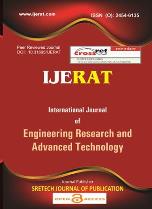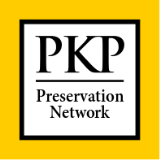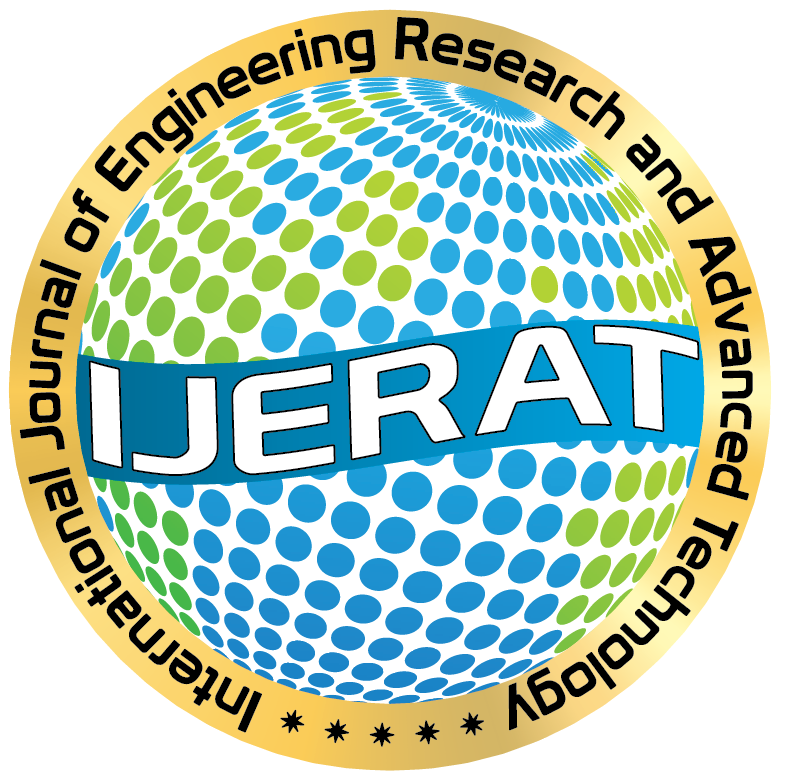Application of Lean Manufacturing to Optimize Working Space by Reducing Lead Time in the Production Department Using the Value Stream Mapping (VSM) Method
DOI:
https://doi.org/10.31695/IJERAT.2020.3622Keywords:
Workspace, Lead Time, Lean Manufacturing, Value Stream Mapping, InventoryAbstract
Every company, especially manufacturing companies are required to make efficiency in each line to increase productivity in order to compete with other companies. With the increasing demand for new products from customers, or usually called a New Project, companies are challenged to utilize the work area as much as possible with the existence of new production lines to meet the customer's demand. To do that, the company should immediately make improvements on all lines so that free space will be obtained which will be used for new projects. To reduce the Lead Time on the line in the production department with the expectation to get an optimal working area which creating space to be used for a New Project. Using the Value Stream Mapping method as a first step to mapping the entire process from upstream to downstream to identify Lead Time and lead to waste in each process. High waste occurs in the inventory lead time. Non-value added activities are mostly found in the inventory part after platting in receiving and finished good parts. It also found in the information flow of the finished good parts. While developing the future state map, it decreased the total lead time by about 5% so that it creating a workspace for the new projects.
References
Gaspers, V. 2007. Lean Six Sigma for Manufacturing and Service Industries. Jakarta: PT. Gramedia Main Library.
Kadam, JS, Shende, N., & Kamble, DP 2012. Value Stream Mapping Tools for Waste Identification in the Assembly of Tractor Manufacturing. International Conference on Emerging Frontiers in Technology for Missile Areas. Nagpur, India: Yeshwantro Chavan College.
Liker, KJ, & Meier, D. 2006. The Toyota Way Fieldbook A Practical Guide For Implementing Toyota's 4Ps. New York: Mc Graw-Hill
Womack, PJ & Jones, TD 1996. Lean thinks banish waste and create wealth in your corporation. New York: Simon & Schuster Rockefeller Center.
Womack., Jim., & Jones. 2003. Seeing The Whole Mapping The Extended Value Stream, USA: Brookline, Mashacussets.
Rother, M. & Shook, J. 2004. Learning To See: Value Stream Mapping to Create Value and Eliminate Young version 1.4. Cambridge: Lean Enterprise Institute
Santosh, B., Dighe., & Kakirde, A. 2014. Lean Manufacturing Implementation Using Value Stream Mapping: A Case study of Pumps Manufacturing Company. International Journal of Science and Research (IJSR).
Sadiq, M., Khannan, A., & Haryono. 2015. Analysis of the Application of Lean Manufacturing to Eliminate Waste in PT Adi Satria Abadi's Production Line. Journal of Industrial Systems Engineering Vol. 4, No. 1
Nash., Mark, A., & Polling, S. 2008. Mapping The Total Value Stream. New York: A productivity Press Book
Ohno., & Taiichi. 1988. Toyota Production System: Beyond Large Scale Production. Massachusetts: Productivity Press inc.
Ramassubu, M. 2018. Creating value stream mapping to identify areas of improvement and improving the USC mailing process. International Journal of Advanced Research, Ideas, and Innovations in Technology.
Downloads
Published
Issue
Section
License
Copyright (c) 2020 Novera Elisa Triana, Sakti Aji Lesmana

This work is licensed under a Creative Commons Attribution 4.0 International License.









